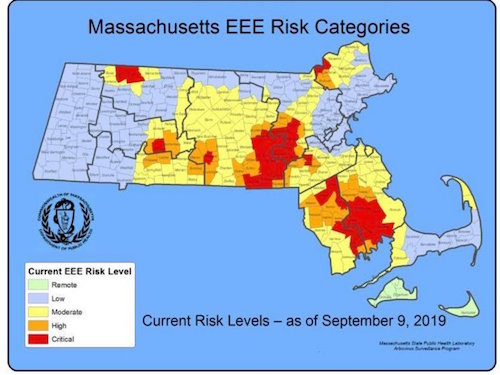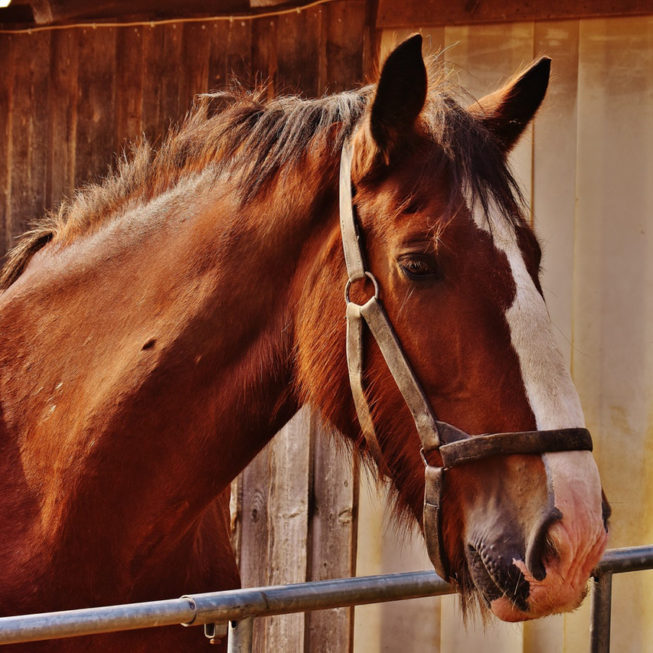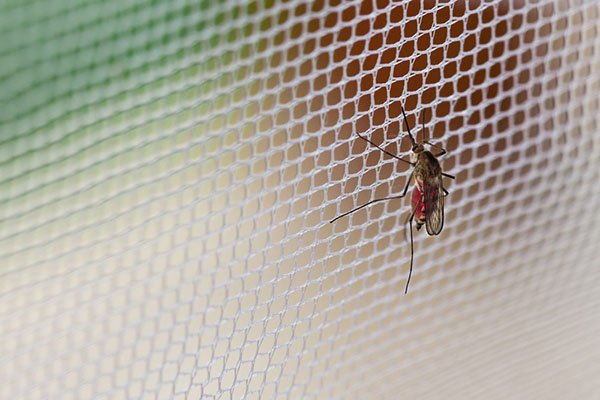
Have you heard of Eastern Equine Encephalitis (EEE virus)?
If you haven’t yet heard of Eastern Equine Encephalitis EEE, now is the time to learn about it! Thirteen people have died of EEE in the US since late August, 2019.
EEE is a virus transmitted by infected mosquitoes to horses and to people. Historically in the US, there are approximately 5-10 human cases per year, usually in Atlantic or Gulf Coast states, with occasional cases in states bordering the Great Lakes.
2019 is different. So far this year, there have already been 12 officially diagnosed cases (with 3 deaths so far) and another 7-10 cases that may prove to be EEE.
So, what’s the story? It is suspected that because of warmer and wetter winters mosquito larvae are now able to survive winter allowing for an overall increase in mosquito populations. In addition, as people spend more time in swamp and forested areas (either to live or for outdoor recreation), the risk of being bitten by an EEE infected mosquito has increased.
EEE is a virus that is only transmitted by mosquitoes. It is not transmitted person to person. Mosquitoes usually get the virus from infected birds and then pass it on to horses or people.
Usually EEE cases occur in early spring through fall. In many parts of the US, fall is lasting longer and staying warmer which means mosquito season (and mosquito borne disease season) lasts longer.
Anyone living in an area where EEE is transmitted can get infected though it appears that children under the age of 15 and adults over 50 are at higher risk.
People most likely to be bitten by EEE-infected mosquitoes are those living near or spending time in woodlands and swamp areas, and people who spend a lot of time outside for work or for recreation. The more time spent outside, the higher the risk of getting mosquito bites.
Scientists estimate that only 4-5% of people infected with EEE actually develop symptoms. It takes 4 to 10 days after being bitten by an infected mosquito for symptoms of EEE to begin.
These symptoms may be systemic including joint and muscle pain, chills, fever and malaise, which may last 1-2 weeks.
Or people may develop symptoms of encephalitic EEE which include: sudden onset headache, high fever, chills and vomiting. In severe cases, these symptoms can then progress into disorientation, seizures and coma.
Systemic EEE may progress into encephalitic EEE.
About one third of the people who get encephalitic EEE will die. Survivors of encephalitic EEE are likely to have lifelong mental and physical disabilities.
There is no cure or specific treatment for EEE. Doctors can provide supportive therapy which may require time in intensive care depending on the severity, but they can’t cure the virus.
In other words, this is a virus you do not want to get!

Massachusetts: At least 10 reported human cases with 4 deaths
The biggest EEE outbreak in summer 2019 is currently in Massachusetts.
Cases include a 5 year old girl, a man between the ages of 19 and 30, a woman in her 60’s, two men in their 60’s, one man in his 70’s.
A 59 year old woman died of EEE in late August.
At this point in time, 36 communities in Massachusetts are considered at critical risk. 42 communities are considered high risk, and 128 communities are considered moderate risk.

Other states with human and horse cases:
Michigan
10 human cases with 6 deaths
Up to 4 other potential human cases (have not yet been officially diagnosed)
Over 10 horse cases with at least 6 deaths
Rhode Island
3 human cases, 1 death
Connecticut
3 human cases, 2 deaths
Indiana
1 human case, 1 death
Alabama
1 human case, 1 death
New Jersey
3 human cases
10 horse cases–horses had to be euthanized
North Carolina
1 human case
Other states with horse cases of EEE:
Indiana–at least 12 horse cases
New York–4 horses have died from EEE
Ohio--at least 1 horse case
Maine–at least 1 horse case
New Hampshire–1 horse death
Other states where mosquitoes tested positive for EEE:
New York
Pennsylvania
Florida
Delaware
Wisconsin

How can you avoid getting Eastern Equine Encephalitis?
Because there is no treatment or cure for this virus, the key is to avoid mosquito bites!
One way to do stop mosquitoes from biting you is to use mosquito nets inside and outside. For example, if you want to eat outside at a table and chairs or relax and read on a chaise lounge, hang an Extra Large Conical Mosquito Net over them. Anchor the net with flower pots, pieces of wood, wine bottles, stones, whatever you have handy. Then you can enjoy outside time without being bothered by bugs.
Did you know that it is not recommended to use insect repellent on babies? Protect precious baby skin by using a Zipper Top Mosquito Net. This net has a drawstring base and therefore can cover many different things. The top zippers allow for quick and easy access. Just position the zippers where you want them, cinch the drawstring base tight and then use the zippers to open and close the net as needed. This will cover playpens, playards, all sizes of strollers and much more.
Mosquito nets are easily transportable, so you can take them with you when you go camping, travel, watch a sporting event, etc. Conical nets have a single attachment point for hanging, so if you’re outside, all you need is a tree branch or a rafter or something to hang it from.
It’s also wise to use mosquito nets to cover all beds. When you are sleeping, you are more vulnerable to mosquito bites. Mosquitoes are active at all temperatures above 55 degrees Farenheit, so unless you have your air conditioning set on deep freeze, air conditioning alone will not prevent mosquitoes from biting you.
You may have screens on your windows and doors, but mosquitoes are crafty and can follow you in as you open and close outside doors.
There are other things you can do to prevent mosquito bites, check out our blog post about this. Protect those you love!

Leave a Reply
Your email is safe with us.